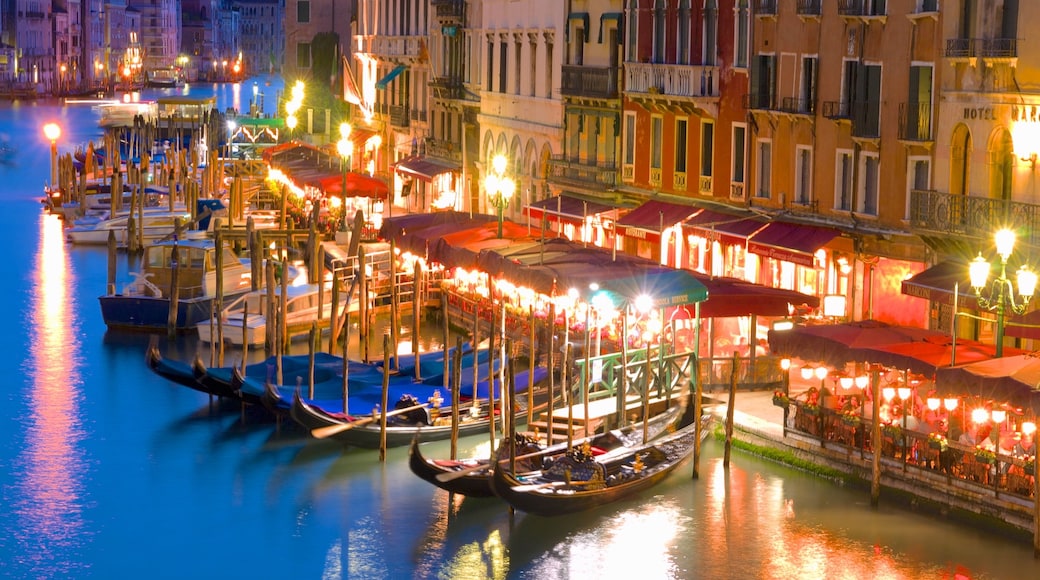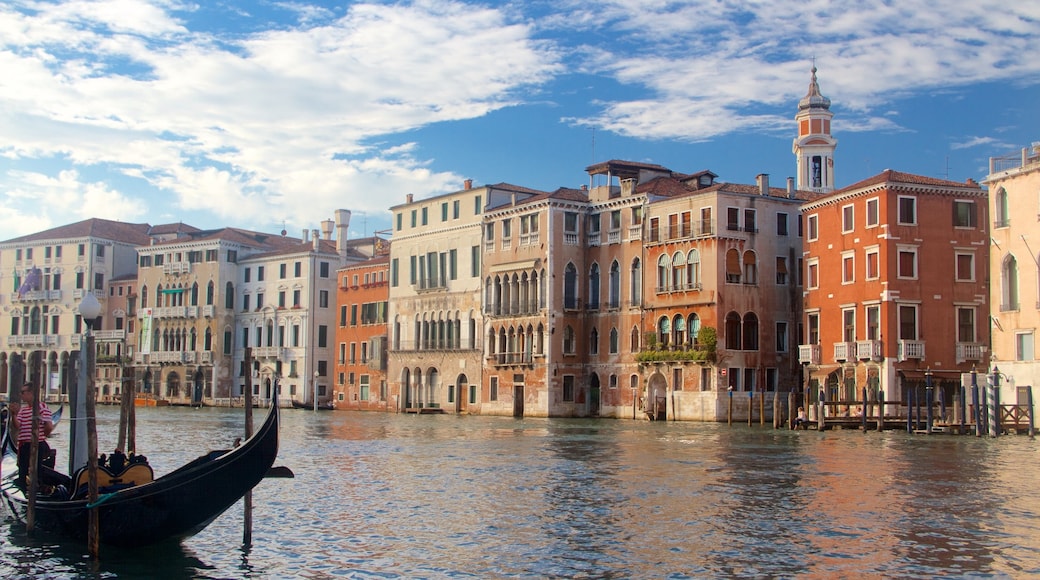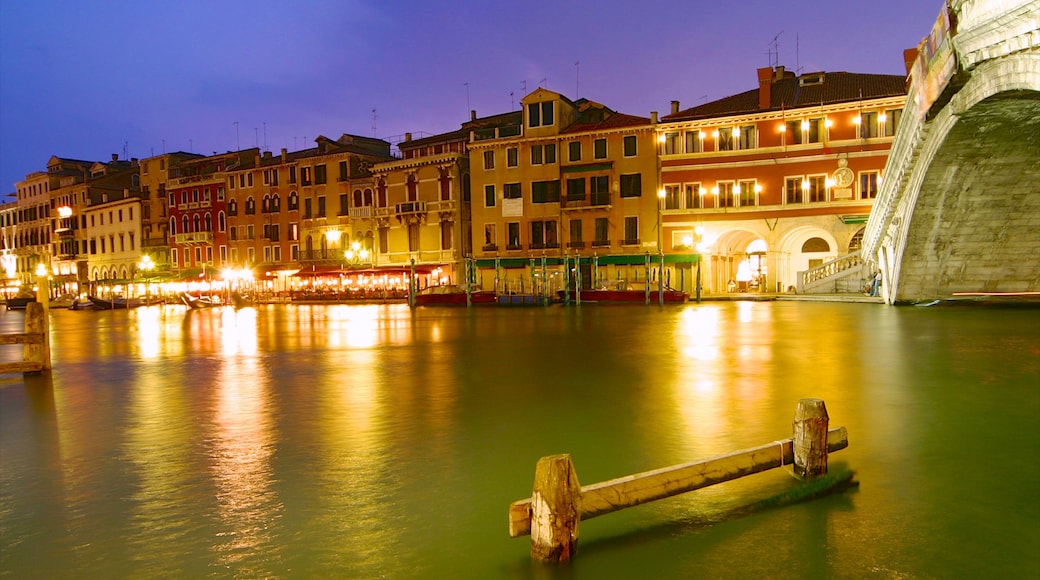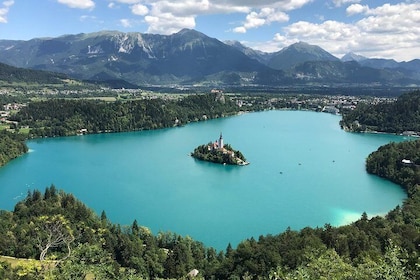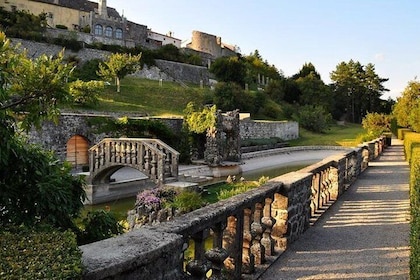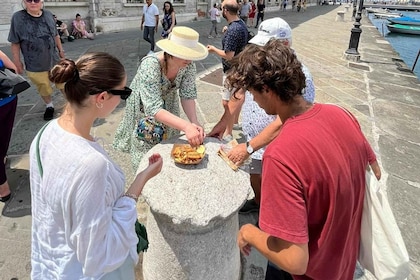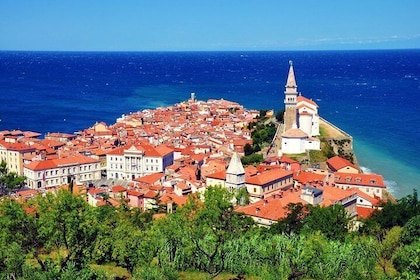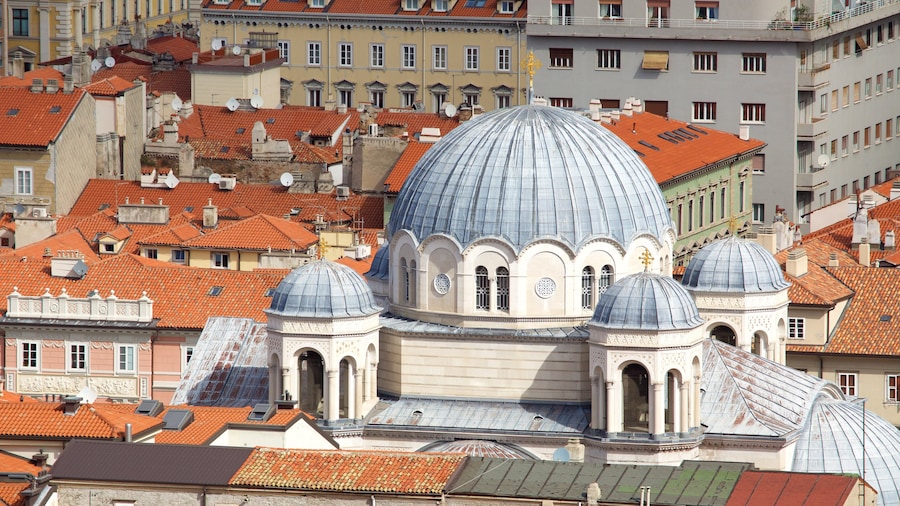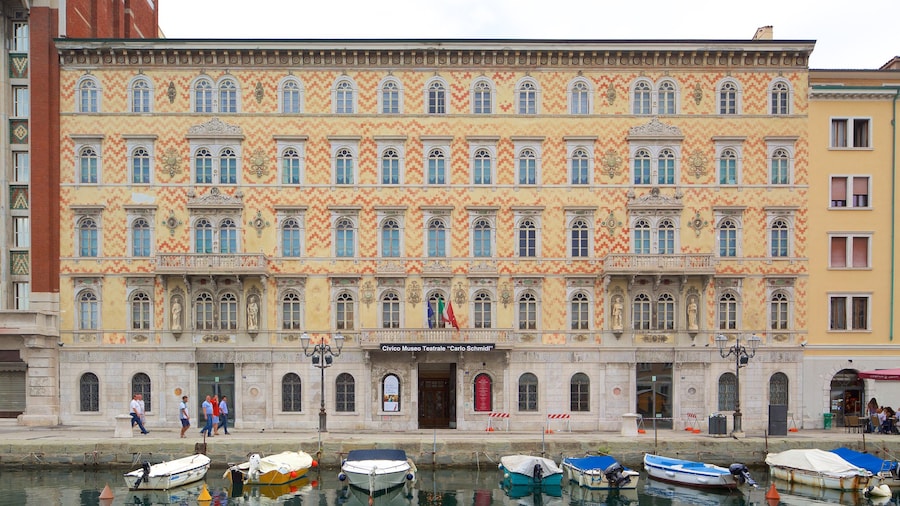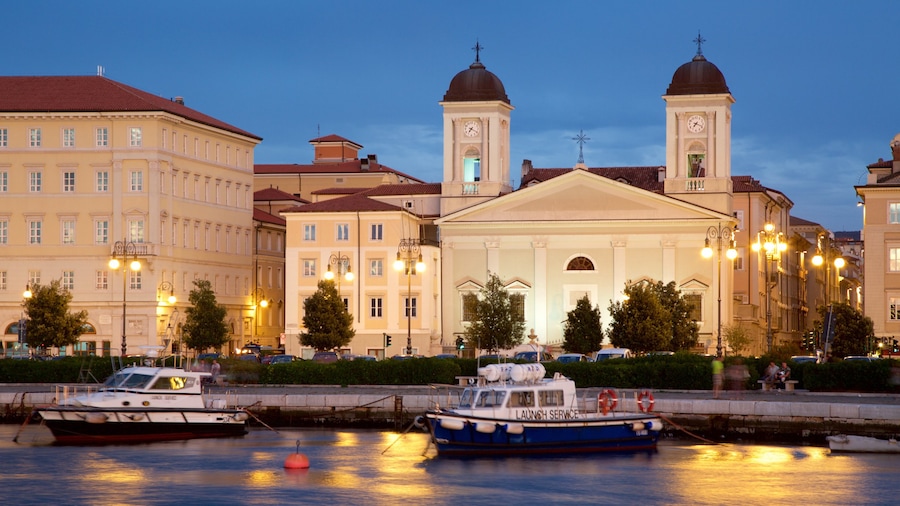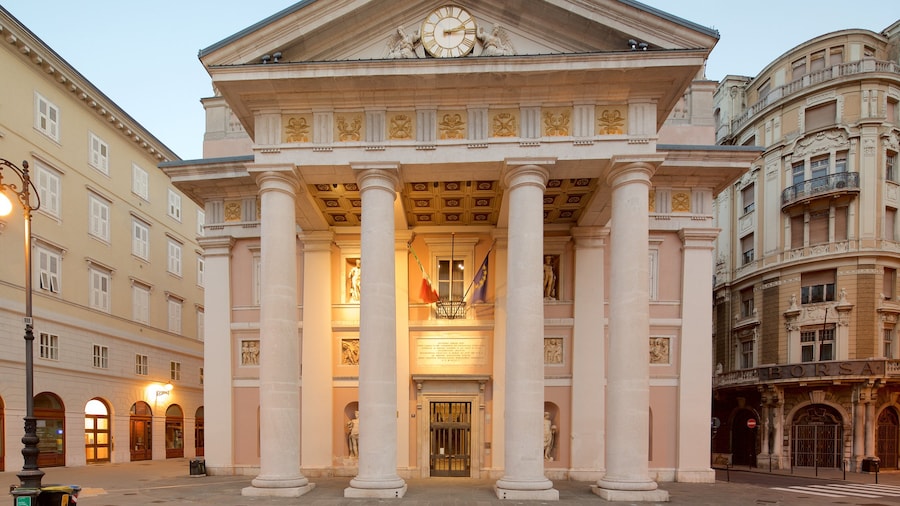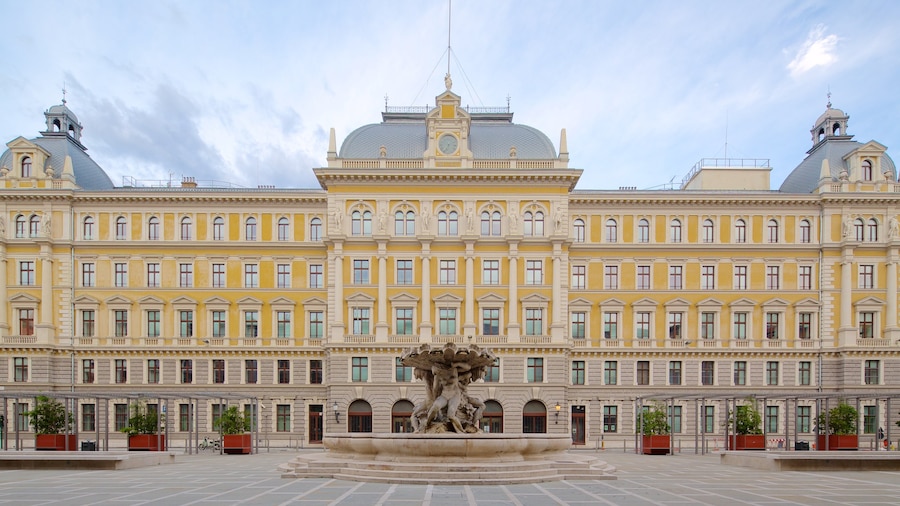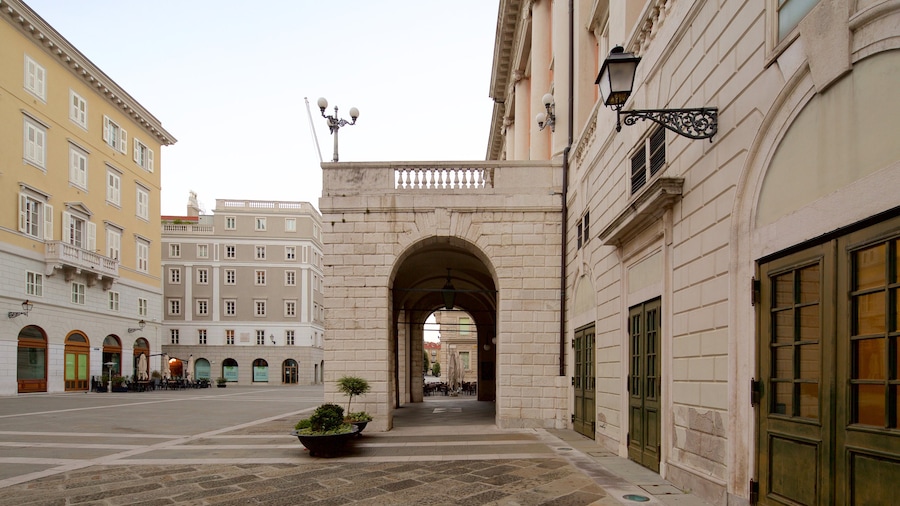Whether you explore Canal Grande di Trieste by boat or on foot, there is no more unique way to discover the city. The waterway, which originates from the Gulf of Trieste, flows into the city center. Use it as a jumping off point to discover the picturesque surrounding neighborhood, Borgo Teresiano.
The canal was built in the 1750s to expand Trieste’s commercial opportunities. Its addition allowed boats from the Old Port to traverse directly into the city center to load and unload their shipments. As you gaze at the small, colorful boats docked along Canal Grande di Trieste’s sides today, imagine the much larger vessels that used to sail its waters.
Admire the variety of architecture represented on Canal Grande di Trieste. The neoclassical Palazzo Carciotti, located at the mouth of the canal, is one of the most iconic buildings in Trieste. In Palazzo Gopcevich, browse the Civico Museo Teatrale Carlo Schmidl, a museum that documents the city’s rich cultural heritage from the 18th century onwards. Browse through dozens of vendors’ stalls in the daily open-air market in Piazza Ponterosso.
Near the Ponterosso Fountain you’ll find the Ponte Rosso. Cross this bridge over to the other side of the canal to check out the statue of the famous Irish novelist James Joyce, who lived in the city for several years. Located closer to the mouth of the canal is the pedestrian footbridge, called Passaggio Joyce.
Dozens of shops, restaurants and cafés are located along Canal Grande di Trieste. Get a cappuccino at the historic Caffè Stella Polare, which was a favorite haunt of James Joyce.
Find Canal Grande di Trieste in Borgo Teresiano, the heart of Trieste. It is located about halfway between the city’s railway station and its main square. From the canal, walk north to Trieste Centrale or south to Piazza Unità d'Italia in about 10 minutes.
